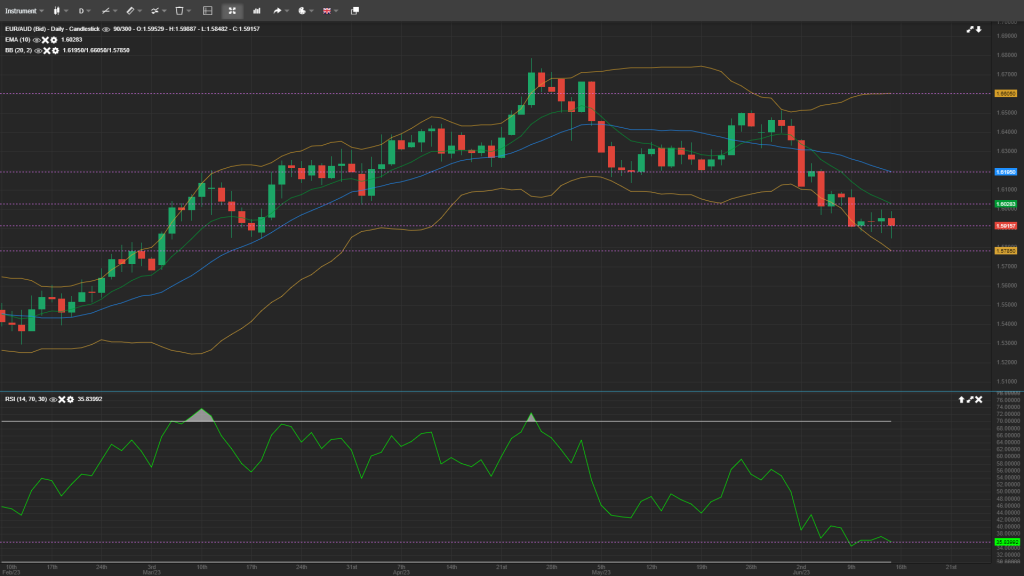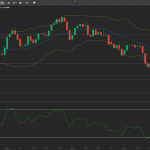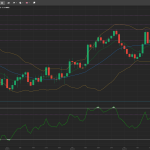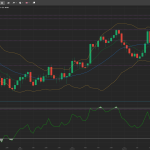EUR/AUD Daily Forex Analysis
In our daily forex analysis of the EUR/AUD pair, a waning downward momentum is perceptible in the 4-hour MACD charts. However, we anticipate robust support from approximately the 100% extrapolation of 1.6789 to 1.6138, extending from 1.6517 down to 1.5866. This is expected to conclude the plunge that commenced at 1.6789. An upside break of 1.6105 resistance could signify a short-term bottom, thereby tilting the bias back towards a rebound.
Assessing the broader picture within our daily analysis, it’s plausible that a medium-term top has already been established at 1.6789, based on the bearish divergence condition within the MACD. The descent from this point is viewed as a corrective phase in the overall uptrend, starting from 1.4285 in 2022, the year’s low point. A deeper decline is anticipated as long as the 1.6517 resistance holds, potentially reaching the 38.2% retracement of 1.4285 to 1.6789 at 1.5832. Here, significant support is likely to appear, rounding off the first phase of the corrective pattern.
Our EUR/AUD intraday analysis indicates a mixed outlook, as the bearish and bullish trends contend. The next stages will depend on whether the established support and resistance levels hold, providing crucial cues for investors.
EUR/AUD Daily Analysis Summary
Today’s daily forex analysis of EUR/AUD suggests a decreasing bearish trend with solid support expected around 1.5866. Despite the downward pull, an upside break of 1.6105 could hint at a short-term bottom. In the broader view, the descent from 1.6789 is seen as a correction in the overall uptrend since 2022.
Key Points:
- EUR/AUD’s bearish momentum is slowing, as observed in the 4-hour MACD charts.
- An upside break of 1.6105 resistance could indicate a short-term bottom.
- In the broader view, the current decline is considered a corrective phase in the overall uptrend.




